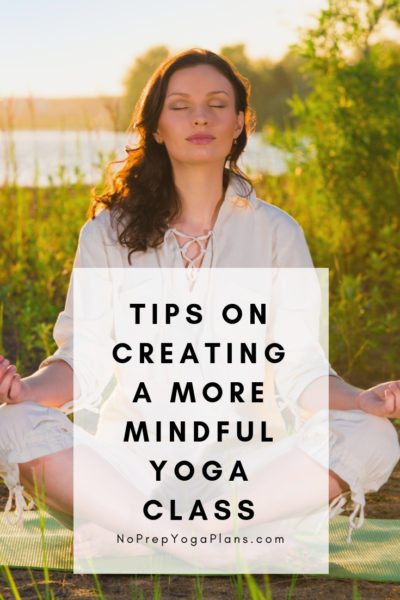Yoga is 99% practice and 1% theory, this is according to the words of the great Sri Pattabhi Jois.
A well-planned sequence is critical to safe practice, and for this reason, as a yoga teacher, you need to follow strict asana guidelines. The 1% theory is part of what explains the meaning of yoga, in other words, yuj – Sanskrit root that means to yoke or join body and mind. A yoga workshop has to go deep into the heart of each learner, which is why the theme you choose for the workshop determines the effectiveness of the art.
Here is a list of 5 yoga mindful ideas you can introduce to your students and how you can implement as part of the yoga plan:
1. Embracing change
Human beings are complex organisms. We are built to develop, grow, and eventually adapt to almost any circumstance. According to the law of Karma, we are constantly changing each moment, every day. Responding to these changes effectively leave an imprint on our consciousness.
Yoga students need to reflect on changes that happened in their own lives. As a yoga teacher, you’ll then be required to offer some mindfulness practice. Students should connect with their body and spirit before moving to a set of heart-opening poses.
2. Expressing gratitude
Expressing gratitude is the genesis of a healthy mind and spirit. Instead of investing most of our energy on the negative, you need to be thankful for the positive that life brings. Grace is often elusive today than before as we are mostly stuck in traffic including personal commitments.
A sequence of standing poses as well as balancing using visualizations and verbal cues can be used to implement gratus’ – Latin for grace – among the students. For example, allowing the students to express gratitude by inviting them to participate in an act of kindness. It can be random or planned.
3. Playing the edge
Everyone needs a healthy ambition to achieve the best out of him/her. Playing the edge is what enables you to push harder in every situation that may appear as a challenge. Yoga students should be encouraged to push beyond the first stretch, and take each pose slightly deeper.
Playing the edge will help students to push beyond the comfort zone, and adventure our perceived confines. Begin by ensuring that the mind is still, and the body calm by evoking a sequence of warmup and stretches.
4. Practicing non-attachment
Vairagya, in other words, non-attachment is a core yoga principle as we have the capacity to detach with our thoughts and see the world as it is – true reality. And for anyone to reach enlightenment, you need to be dispassionate. You need not make a judgment about yourself.
A number of scaffolding poses are used as part of the practice. Students should explore fresh poses without making any judgment throughout these transitions. Low-stake poses such as low squats and moving to high-peak poses like crow pose, then side crow, going to 8-limbed pose, can encourage the learners to practice non-attachment.
5. Being yourself
This is the hardest of all yoga poses. Being yourself is enlightening yourself. Bhagavad Ghita 3.35 states that, “One cannot keep himself on the spiritual path if he abandons the duties born of his true nature. One’s own duty, performed imperfectly, is better than doing another duty perfectly”.
Plan your sequence mainly around the warrior poses to ensure that you empower students and promote self-realization as well. Students can be invited to personalize their asanas focusing on variations including modifications on poses such as the funky tree.
Apart from the above ideas, as a yoga teacher, you need to lead with your heart. Engage with the learners and find out what actually inspires them to practice yoga. Feel free to share your story, quote, or asana with your students and develop the workshop around it. Go ahead with your passion and everything else will follow.
If you love offering your students more in terms of creating a more mindful yoga experience, I highly recommend No Prep Yoga Plans. The plans come in both inspirational as well as faith-based (Christian) versions and contain yoga sequences, guided meditation scripts, inspirational and devotional openings, essential oils guide, charts on selecting poses for common ailments, and more. Learn more at No Prep Yoga Plans.




